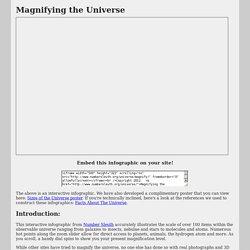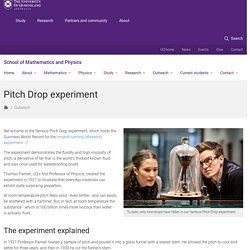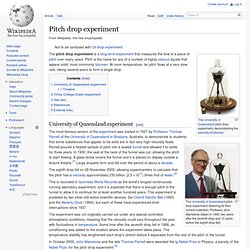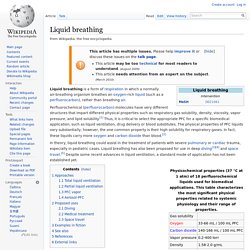

Worldmapper World Population Atlas: The countries of the world as you've never seen them before. The Science of Lying. IDTIMWYTIM: Schrodinger's Cat. Solar Dynamics Observatory. Magnifying the Universe. Embed this infographic on your site!

<iframe width="500" height="323" scrolling="no" src=" frameborder="0" allowfullscreen></iframe><br />Copyright 2012. <a href=" the Universe</a> by <a href=" Sleuth</a>. The above is an interactive infographic. We have also developed a complimentary poster that you can view here: Sizes of the Universe poster. If you're technically inclined, here's a look at the references we used to construct these infographics: Facts About The Universe. Introduction: This interactive infographic from Number Sleuth accurately illustrates the scale of over 100 items within the observable universe ranging from galaxies to insects, nebulae and stars to molecules and atoms. While other sites have tried to magnify the universe, no one else has done so with real photographs and 3D renderings. How To Use: Step 1:To experience this interactive infographic in full screen (our recommendation) click the "Full Screen" button in the top right corner of the infographic.
Credits: 100,000 Stars. The Periodic Table of Videos - University of Nottingham. School of Mathematics and Physics. Pictures above: (1) Longtime custodian of the famous experiment, the late Professor John Mainstone. (2) Three webcams trained on the experiment 24/7. (3) The Pitch Drop Experiment. (4) Close up of the pitch drop.

About the Pitch Drop Experiment While the School of Mathematics and Physics at The University of Queensland has an international reputation for cutting-edge research and innovative teaching in the disciplines of Mathematics, Physics and Statistics, it is also home to the famous Pitch Drop Experiment. The experiment is listed in the Guinness Book of World Records as the world's longest-running laboratory experiment. The first Professor of Physics at UQ, Professor Thomas Parnell, began an experiment in 1927 to illustrate that everyday materials can exhibit quite surprising properties.
The experiment demonstrates the fluidity and high viscosity of pitch, a derivative of tar once used for waterproofing boats. Pitch drop experiment. The University of Queensland pitch drop experiment, featuring its then current custodian, Professor John Mainstone (taken in 1990, two years after the seventh drop and 10 years before the eighth drop fell).

University of Queensland experiment[edit] The eighth drop fell on 28 November 2000, allowing experimenters to calculate that the pitch has a viscosity approximately 230 billion (2.3×1011) times that of water.[2] This is recorded in Guinness World Records as the world's longest continuously running laboratory experiment, and it is expected that there is enough pitch in the funnel to allow it to continue for at least another hundred years.
This experiment is predated by two other still-active scientific devices, the Oxford Electric Bell (1840) and the Beverly Clock (1864), but each of these have experienced brief interruptions since 1937. Professor Mainstone subsequently commented: Professor John Mainstone died on 23 August 2013 following a stroke. Timeline[edit] Liquid breathing. Perfluorochemical (perfluorocarbon) molecules have very different structures that impart different physical properties such as respiratory gas solubility, density, viscosity, vapor pressure, and lipid solubility.[1] Thus, it is critical to select the appropriate PFC for a specific biomedical application, such as liquid ventilation, drug delivery or blood substitutes.

The physical properties of PFC liquids vary substantially; however, the one common property is their high solubility for respiratory gases. In fact, these liquids carry more oxygen and carbon dioxide than blood.[2] In theory, liquid breathing could assist in the treatment of patients with severe pulmonary or cardiac trauma, especially in pediatric cases. Liquid breathing has also been proposed for use in deep diving[3][4] and space travel.[5] Despite some recent advances in liquid ventilation, a standard mode of application has not been established yet. Approaches[edit] Total liquid ventilation[edit] PFC vapor[edit] Tau vs Pi. United Nuclear , Scientific Equipment & Supplies.